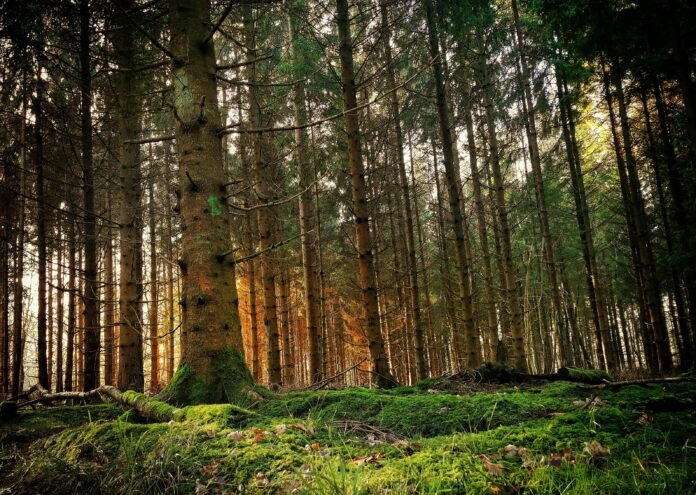A Random Forest is a popular machine learning ensemble technique used in artificial intelligence and data science. It is primarily used for classification and regression tasks. The Random Forest algorithm is an extension of decision trees and is known for its robustness and ability to handle complex datasets. Here’s an overview of Random Forest:
- Decision Trees: A decision tree is a simple model that recursively splits the dataset into subsets based on the most significant feature at each node. This process continues until a stopping condition is met, such as a predefined tree depth or a minimum number of samples in a leaf node. Decision trees can be prone to overfitting, as they often capture noise in the data.
- Ensemble Learning: Random Forests are part of the ensemble learning family of algorithms, which aim to combine the predictions of multiple models to improve overall performance. In the case of Random Forest, it combines multiple decision trees to create a more robust and accurate model.
- Randomization: The “Random” in Random Forest comes from two key sources of randomness: a. Bootstrapping: It creates multiple random subsets (with replacement) from the original dataset, known as bootstrap samples. Each tree is trained on one of these bootstrap samples. b. Feature Selection: When splitting nodes in each decision tree, only a random subset of features (variables) is considered at each split. This helps prevent overfitting and decorrelates the trees.
- Voting or Averaging: For classification tasks, each tree in the Random Forest makes a prediction, and the final prediction is determined by majority voting. In regression tasks, the predictions are averaged.
- Advantages:
- Random Forests are robust and less prone to overfitting compared to individual decision trees.
- They can handle large datasets with high-dimensional feature spaces.
- Random Forests are capable of handling both classification and regression problems.
- They provide feature importance, which can help in feature selection and understanding the importance of variables in the model.
- Disadvantages:
- Random Forests can be computationally intensive, especially with a large number of trees.
- Interpretability can be a challenge when there are many trees in the forest.
Random Forests have found applications in various fields, including finance, healthcare, image classification, and more. They are a popular choice because of their flexibility, robustness, and ability to produce accurate results with relatively little hyperparameter tuning.










